Expansion of 5G Technology
The rollout of 5G technology is transforming the Mobile Application Market by enabling faster data transmission and improved connectivity. With 5G networks becoming more prevalent, applications can leverage higher bandwidth and lower latency, resulting in enhanced user experiences. This technological advancement allows for the development of more sophisticated applications, such as augmented reality and real-time gaming, which require robust connectivity. As of 2025, it is anticipated that 5G subscriptions will surpass 1 billion, further driving the demand for applications that can utilize these capabilities. The Mobile Application Market is likely to see a surge in innovative applications that capitalize on the advantages of 5G, potentially reshaping user expectations and engagement.
Surge in Smartphone Penetration
The proliferation of smartphones has been a pivotal driver in the Mobile Application Market. As of 2025, the number of smartphone users is projected to exceed 6 billion, indicating a substantial increase in potential app users. This surge in smartphone penetration facilitates greater accessibility to mobile applications across diverse demographics. Consequently, developers are increasingly focusing on creating applications that cater to a wide range of user needs, from entertainment to productivity. The growing reliance on mobile devices for daily tasks further propels the demand for innovative applications. This trend suggests that as more individuals gain access to smartphones, the Mobile Application Market will likely experience accelerated growth, driven by the need for applications that enhance user experience and engagement.
Growing Demand for E-commerce Applications
The increasing shift towards online shopping is significantly influencing the Mobile Application Market. As consumers increasingly prefer the convenience of shopping from their mobile devices, e-commerce applications are witnessing unprecedented growth. In 2025, it is estimated that mobile commerce will account for over 70% of total e-commerce sales, underscoring the importance of mobile applications in retail. This trend compels businesses to invest in user-friendly and secure mobile applications to enhance customer experience and drive sales. The Mobile Application Market is thus experiencing a surge in the development of e-commerce applications, which not only facilitate transactions but also integrate features such as personalized recommendations and loyalty programs, further enhancing user engagement.
Emergence of Health and Fitness Applications
The growing awareness of health and wellness is driving the emergence of health and fitness applications within the Mobile Application Market. As individuals become more health-conscious, there is a rising demand for applications that facilitate fitness tracking, nutrition management, and mental well-being. By 2025, it is estimated that the health and fitness app market will exceed 20 billion USD, indicating a robust interest in this sector. These applications not only provide users with tools to monitor their health but also foster community engagement through social features. The Mobile Application Market is thus witnessing a significant shift towards health-oriented applications, which cater to the increasing consumer focus on personal well-being and lifestyle management.
Increased Investment in Mobile App Development
Investment in mobile app development is on the rise, significantly impacting the Mobile Application Market. As businesses recognize the importance of mobile presence, funding for app development has surged. In 2025, it is projected that global spending on mobile applications will reach approximately 400 billion USD, reflecting a robust commitment to enhancing digital offerings. This influx of capital enables developers to innovate and create high-quality applications that meet evolving consumer demands. Furthermore, the competitive landscape encourages continuous improvement and diversification of app functionalities. The Mobile Application Market is thus poised for growth, driven by increased investment that fosters innovation and enhances user satisfaction.
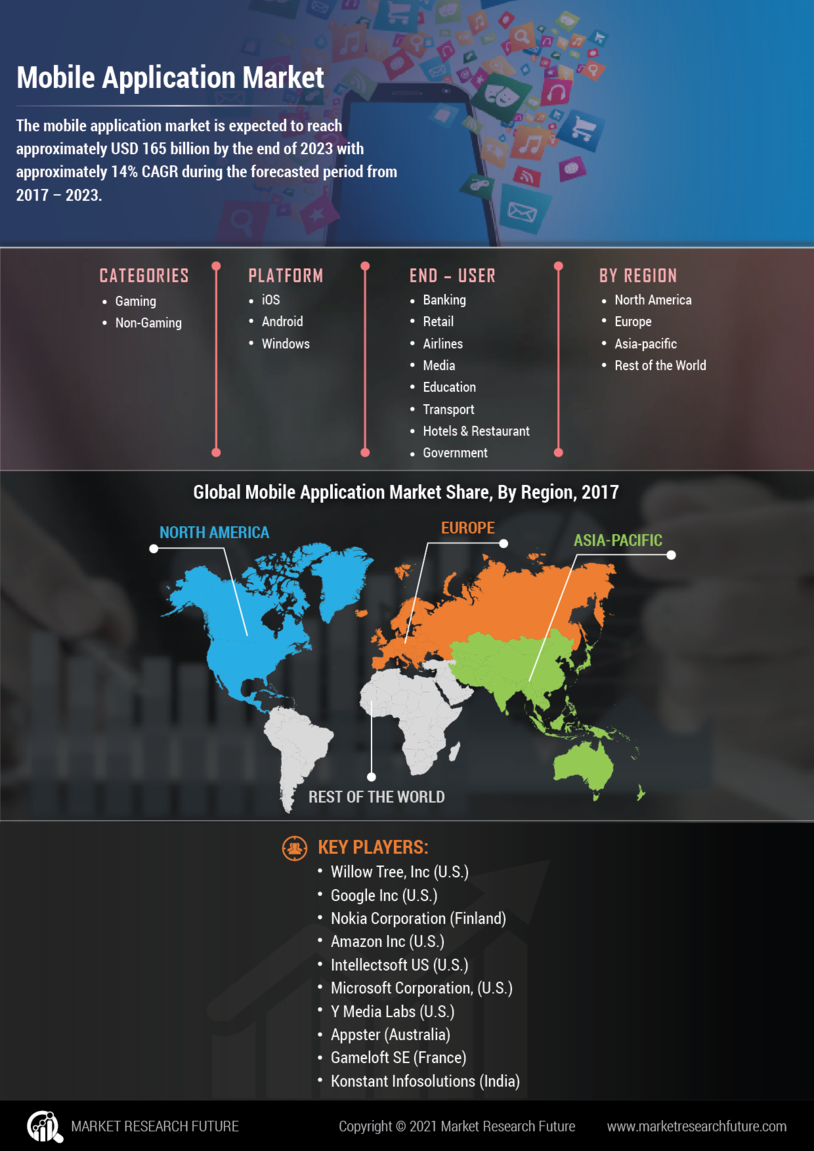

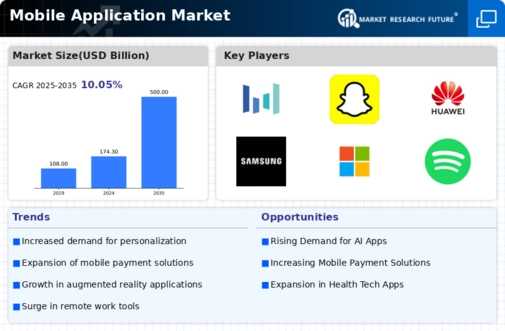
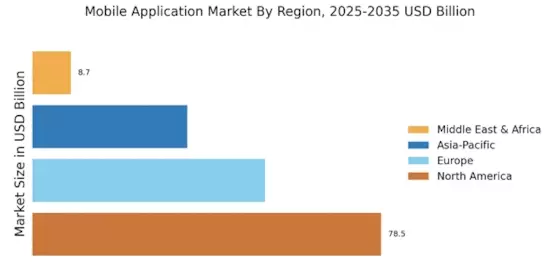



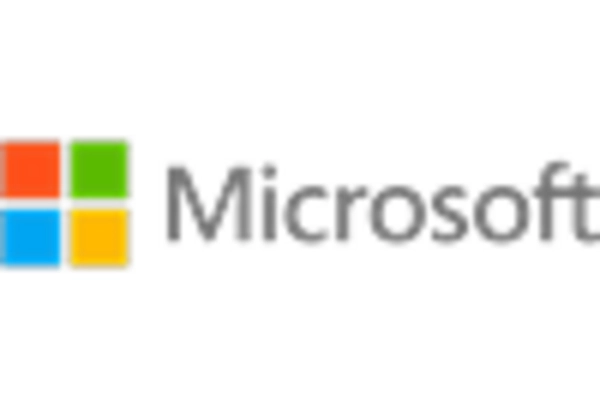
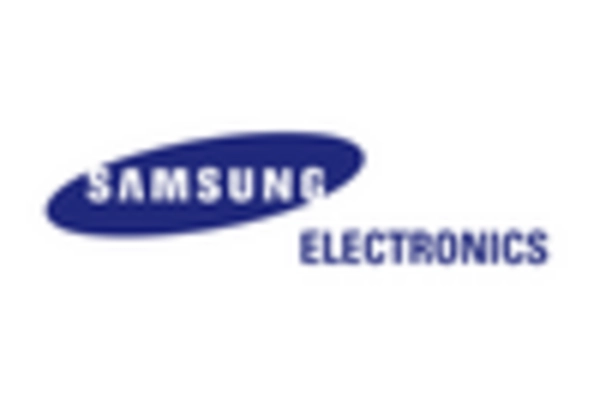
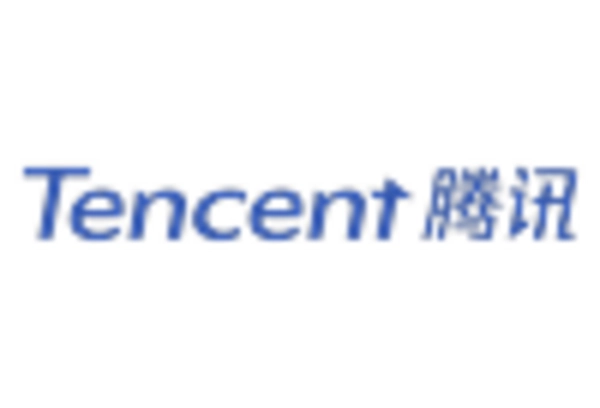








Leave a Comment